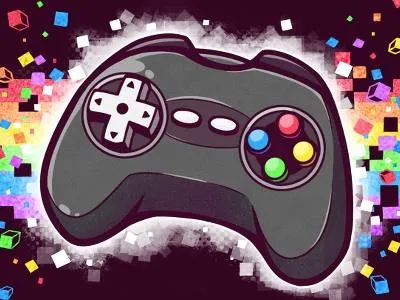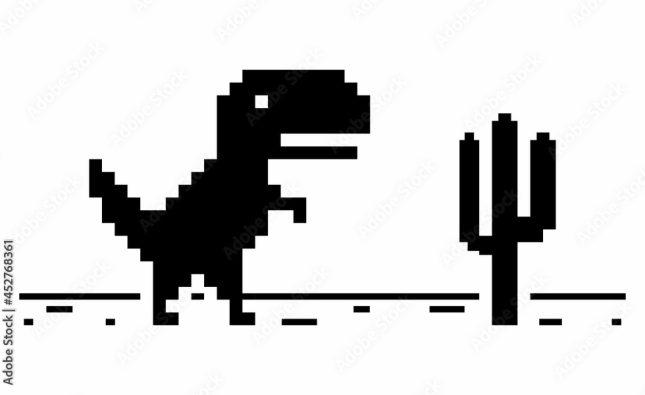
In the ever-evolving realm of entertainment, video games stand tall as a dynamic intersection of technology, art, and storytelling. Behind the scenes, a meticulous process unfolds, weaving together the expertise of diverse professionals to bring these digital experiences to life.
From Concept to Creation
At the heart of every game lies an idea. Whether it’s a simple yet addictive mobile game or an expansive, immersive universe, it all begins with a concept. Game development teams brainstorm, conceptualize, and refine their ideas before delving into the intricate process of creation.
Conceptualization and Design
Game designers embark on a journey of imagination, sketching out gameplay mechanics, characters, worlds, and narratives. This stage involves defining the game’s core elements: its goals, rules, and the overall player experience. Prototyping and iterative design play a pivotal role, allowing for adjustments and enhancements before the game takes its final form.
Storytelling and Narrative Design
For many games, a compelling story serves as the backbone, captivating players and immersing them in the game world. Narrative designers craft intricate plots, character arcs, and dialogues that intertwine seamlessly with gameplay, fostering emotional connections and driving player engagement.

Visuals and Audio
Artists and graphic designers infuse the game with stunning visuals, breathing life into characters, environments, and special effects. Their work involves creating concept art, modeling 3D assets, texturing, animating, and optimizing visuals for various platforms. Meanwhile, sound designers and composers add depth and emotion to the experience through music, sound effects, and voiceovers, enhancing immersion and atmosphere.
Programming and Development
Behind the captivating façade of any game lies a complex infrastructure crafted through programming and development, transforming ideas into tangible, interactive experiences.
Game Engines and Tools
Game developers harness specialized software tools and engines like Unity, Unreal Engine, or custom-built engines to streamline the development process. These engines provide a framework for coding, rendering graphics, implementing physics, and managing game logic, significantly reducing the complexities of starting from scratch.
Coding and Development
Programmers, often divided into different specialties like gameplay, AI, networking, and tools development, write lines of code that dictate how the game behaves. They create algorithms, implement game mechanics, optimize performance, and debug issues to ensure a smooth and immersive gaming experience across various platforms.
Roles in Game Development
Game Designers
They envision and outline the game’s mechanics, rules, and overall player experience, often serving as the bridge between creative and technical aspects.
Artists and Graphic Designers
Responsible for crafting visual elements, including characters, environments, animations, and special effects, they breathe life into the game’s world.
Sound Designers and Composers
Their work involves creating audio elements, including music, sound effects, and voiceovers, to enhance immersion and atmosphere.
Programmers and Developers
The backbone of game development, programmers write, debug, and optimize code, ensuring the game functions seamlessly across various devices and platforms.
The Culmination
As the development cycle nears completion, rigorous testing ensues. Quality assurance testers play an instrumental role in identifying bugs, glitches, and gameplay imbalances. Feedback from testing phases fuels iterative refinement, allowing developers to fine-tune and polish the game before its release.

The Launch and Beyond
Upon completion, the game enters the realm of marketing and distribution. Marketing teams strategize promotional campaigns, leveraging trailers, demos, social media, and press releases to generate hype and attract players. Moreover, community engagement becomes crucial as developers interact with players, gather feedback, and often release updates or expansions to enhance the gaming experience, fostering a dedicated player base.
Conclusion
Game development is a collaborative symphony, blending creativity, technical prowess, and passion. It’s an intricate dance where every profession contributes to crafting experiences that transport players to fantastical worlds, evoke emotions, and create lasting memories. As technology advances and boundaries expand, the landscape of game development continues to evolve, promising ever more immersive and captivating adventures for players worldwide.









